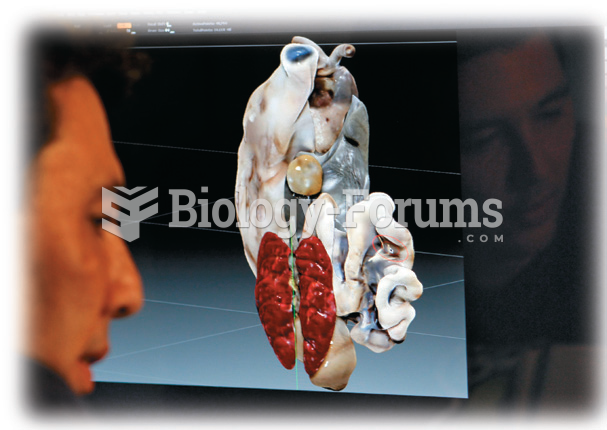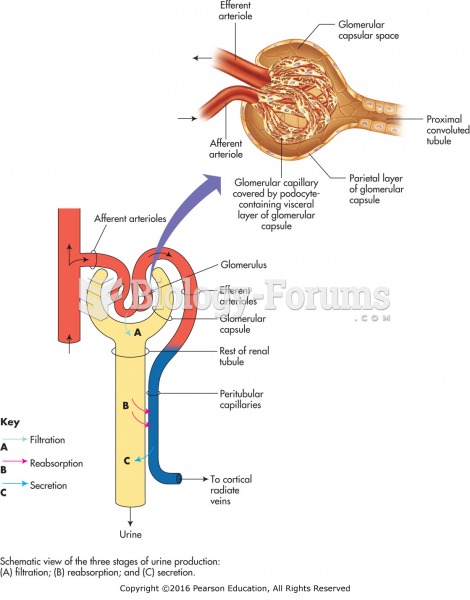Answer to Question 1
Bottom-up process data are collected on children who are developing typically and atypically and group them into meaningful dimensions of disorder
Top-down process identification of disorder and specific symptoms of the disorder
Difference between degree/quantity of a dimension rather than differences in kind of dimensions
Externalizing/internalizing
Benefit reflects reality in that a child's behavior as well as typical/atypical development exist on a continuum
Answer to Question 2
According to the biological model, abnormal behavior is the result of biological or physical factors. More specifically, this model suggests that abnormal behavior may be due to problems with brain structure or functioning, neurotransmitter or hormonal imbalances, or inherited factors.
The brain can be divided into three main sections: the forebrain, the midbrain, and the hindbrain. The forebrain is comprised of the thalamus, the hypothalamus, reticular activating, system, limbic system, and cerebrum. The thalamus is necessary for the relaying of information between other regions of the central nervous system and the cerebral cortex. The hypothalamus regulates hunger, thirst, and body temperature. The limbic system is involved in experiencing and expressing emotions and motivations. The cerebrum includes the cerebral cortex and covers the midbrain and thalamus. The midbrain coordinates information between the forebrain and the hindbrain, and it is involved in vision and hearing. Along with the hindbrain, the midbrain controls sleep, alertness, and pain. The hindbrain manufactures serotonin and controls functions such as sleep, heart rate, and respiration. A network of nerve fibers in the hindbrain that threads into the midbrain called the reticular formation controls bodily states such as sleep, alertness, and attention. Any type of abnormalities in these structures, due to injury, birth complications, excessive intake of alcohol or drugs, or prenatal exposure to toxins, can result in direct physical and/or psychological problems.
Messages are communicated from one area of the brain to another via neurotransmitters. More specifically, a message in the form of an electrical impulse moves through a neuron until, when it reaches the end of the axon, it triggers the neuron to release chemicals called neurotransmitters into the synaptic cleft. These neurotransmitters are taken up by the next neuron, transformed into a new electrical impulse, and carried through that cell body. This process of neurotransmission can go awry in several ways. There may be too much or too little of the neurotransmitter substance, there may be too many or too few receptors for the amount of neurotransmitter released, there may be other neurons present that might inhibit the neural connections, and there may be problems with the interrelationships among different neurotransmitter substances. All these problems may lead to psychopathology.







